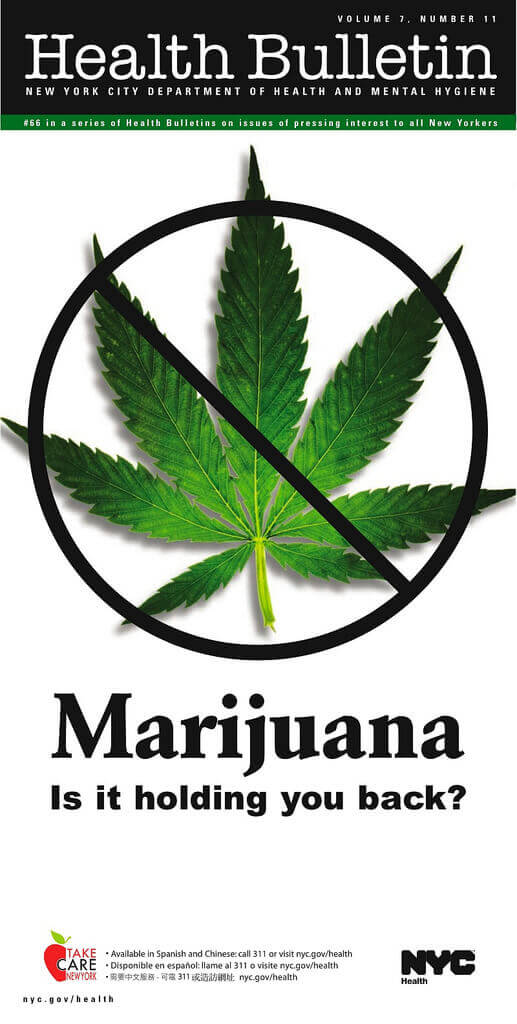Results from the 2007 National Survey on Drug Use and Health: National Findings indicate that most of the teenagers who abuse prescription drugs, find the drugs at home from friends or family members.
The study found that:
- Past year non-medical users of prescription-type psycho-therapeutic drugs are asked how they obtained the drugs they recently used non-medically. In both 2006 and 2007, over half of the non-medical users of prescription-type pain relievers, tranquilizers, stimulants, and sedatives aged 12 or older said they got the drugs they used most recently “from a friend or relative for free.” In a follow-up question, the majority of these respondents indicated that their friend or relative had obtained the drugs from one doctor.
- Among persons aged 12 or older in 2007 who used pain relievers non-medically in the past 12 months, 56.5 percent said they got the pain relievers they most recently used from a friend or relative for free. Another 8.9 percent bought them from a friend or relative, and 5.2 percent reported stealing them from a friend or relative. Nearly one fifth (18.1 percent) indicated that they got the drugs from one doctor. Around 1 in 20 users (4.1 percent) got pain relievers from a drug dealer or other stranger, and 0.5 percent said they bought them on the Internet.
- In 81.0 percent of the cases in 2007 where non-medical users of prescription pain relievers aged 12 or older obtained the drugs from a friend or relative for free, the individuals indicated that their friend or relative had obtained them from just one doctor. Only 1.8 percent reported that the friend or relative had bought the drugs from a drug dealer or other stranger.
- In 2007, 44.3 percent of past year methamphetamine users aged 12 or older reported that they obtained the methamphetamine they used most recently from a friend or relative for free. Another 30.4 percent bought it from a friend or relative. Around one in five users (19.8 percent) bought it from a drug dealer or other stranger.
Many experts agree that for parents and teachers who deal with teenagers on a daily basis, knowledge is the power in identifying a child that has a problem with alcohol and drug use. These studies help to show trends and empower people who are thinking about enrolling a teenager into a teen drug rehab or young adult drug rehab program.


